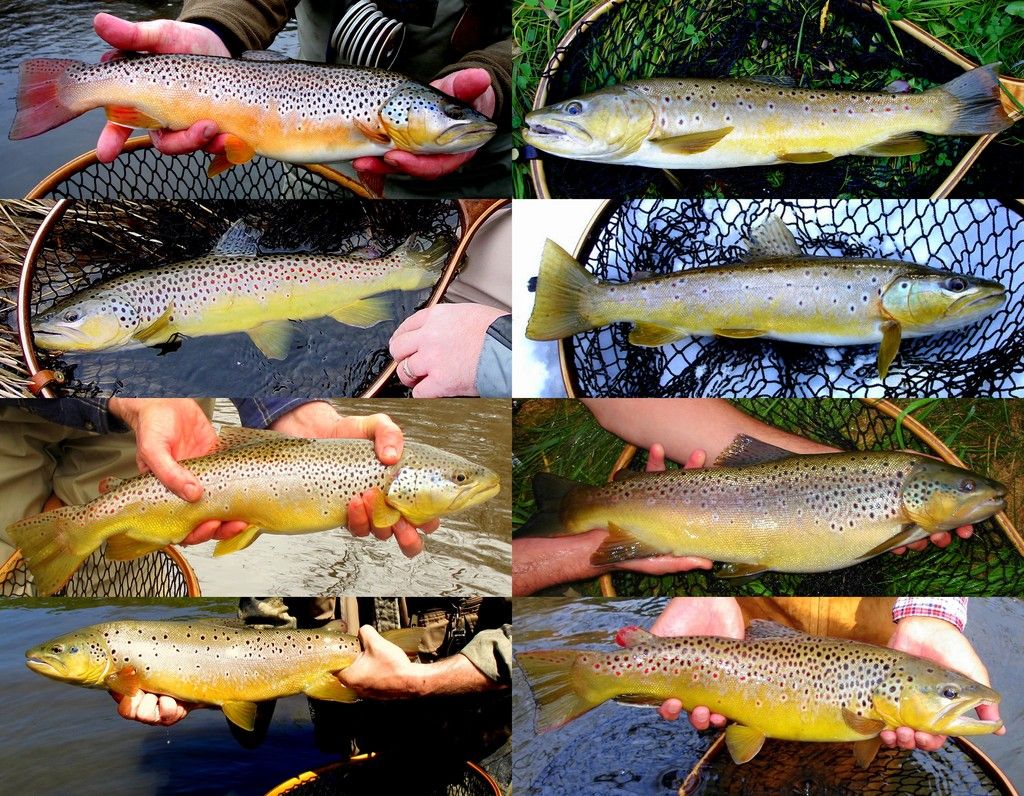
Being prepared while fishing is as important as being prepared during hunting. An often neglected part of a trout angler’s gear is their net. It is not just having a net but having the proper net and knowing how to use it.
You are scratching your head now and thinking: “Proper way to use it?” If you are someone’s fishing buddy do you want to be the reason for losing the trout of a lifetime for your friend? I didn’t think so.
Trout have no ability to swim backwards. If you net from the tail to the head you are asking for trouble. The trout typically spooks and bolts out of the net. If you net head first and slightly tilt that net on the side the head is going into, even if the fish bolts the net will block its emergency exit and netting is simple.
Pick a netting area. If you cast off a sheer bank you must be able to net that monster if you have a hook up. Laying on your belly with the net hanging off the bank is foolish. Pulling the trout over the bank with the line is a recipe for disaster. If you cast off of a bank pick a nearby netting site.
When the trout is tired is the time to net it. Step out in the water or keep the fish in deeper water to net it. Trout can make one last desperate attempt to throw the hook at shore. A shallow bottom gives the trout the leverage to give one last violent head shake and arch its body with the help of the bottom and throw the hook at shore.
Below are a few more tidbits for the folks that don’t plan properly and are left with their sorrow and anger after they are caught with their pants down without a net or without a proper net.
Net check list:
1. Is it big enough for a driftless brown?
a. Is the hoop wide enough?
b. Is it deep enough to allow the trout to stay in the water?
c. Is the handle long enough to reach out to your trout?
2. Is it secured to your back properly?
a. Is it easy to detach?
b. Is it comfortable on your back?
3. Have you chosen a landing area prior to hook up?
a. High banks make for poor netting areas.
b. Are there logs and branches to interfere with netting?
4. Have you maintained your net?
a. Have you rinsed your net after use?
b. Is your net wet when netting?
c. Is your net burr and branch free?
d. Are there any tears in your net?
5. Do you know how to net a big brown?
a. Is the trout tired enough to net?
b. Does your fishing partner know how to release the net?
c. Always net the trout head first.
d. Is that net deep enough to handle a trashing monster?
e. Tilt the net up slight on the side when netting.
f. Take a couple steps out to net. Shallows give trout
leverage.
6. Unhook the trout immediately after netting.
a. Do it before any photo
b. Do it before the trout alligator rolls.
c. Leave in the water in the net